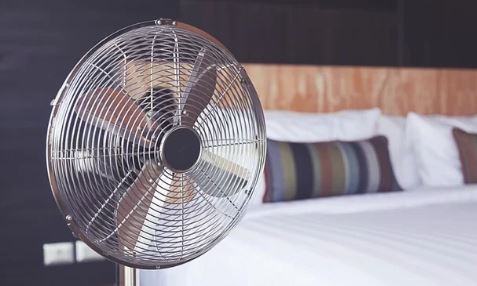A pullup is an upper body strength training exercise.
To perform a pullup, you start by hanging onto a pullup bar with your palms facing away from you and your body extended fully. You then pull yourself up until your chin is above the bar. Pullups are different than a chinup. With a chinup, your palms and hands face toward you.
The pullup is considered an advanced exercise. It’s more difficult than the chinup. But the pullup can be modified or done on an assisted machine for beginners, and you’ll still get benefits from these variations.
1. Strengthen the back muscles
The pullup is one of the most effective exercises for strengthening the back muscles. Pullups work the following muscles of the back:
- Latissimus dorsi: largest upper back muscle that runs from the mid-back to under the armpit and shoulder blade
- Trapezius: located from your neck out to both shoulders
- Thoracic erector spinae: the three muscles that run along your thoracic spine
- Infraspinatus: assists with shoulder extension and is located on the shoulder blade
2. Strengthen the arm and shoulder muscles
Pullups also strengthen the arm and shoulder muscles. By performing pullups regularly, you’ll work the forearms and shoulders. If you’re looking to improve your strength in these areas, you should perform pullups regularly.
If you can’t perform the full pullup, doing them assisted or just getting in the position (hanging from the bar) can increase your strength as you work up to the complete movement.
3. Improve grip strength
Pullups also help improve grip strength. Grip strength is important if you lift weights.
It also can improve performance in many sports like golf, tennis, rock climbing, and bowling.
In your everyday life, a strong grip is also important for performing tasks like opening jars, walking your dog on a leash, carrying groceries, and shoveling snow.
4. Improve overall body strength and fitness level
Strength or resistance training can increase your overall fitness level. When you’re performing a pullup, you’re lifting your entire body mass with the movement. This can greatly improve your body strength and even improve your health.
Studies show that strength training is important for promoting bone development and enhancing cardiovascular health.
Strength train with exercises like pullups two to three times a week for best results.
5. Improve physical health
Strength or resistance training with exercises like pullups may also improve your overall physical health. Studies found that regularly performing strength training may help reduce visceral fat and help you manage type 2 diabetes.
It can also help reduce resting blood pressure and may reduce back pain and discomfort associated with arthritis and fibromyalgia.
Talk to your doctor before starting to strength train, as it may not be safe for you. The results may also vary for everyone.
6. Improve mental health
Strength or resistance training is also beneficial for your mental health. A 2010 review of studies found a positive correlation between strength training and the following:
- reducing anxiety symptoms
- improving cognitive function
- reducing fatigue
- reducing depression
- and improving self-esteem
While the evidence seems positive, more research is needed to confirm these results.
7. Challenge your muscles
Pullups are a challenging strength training exercise. Challenging your muscles with difficult moves can improve your overall fitness level, too. If you haven’t done pullups before, adding them to your routine may improve how strong you feel and look.
If you do the same exercises over and over, your body can start to plateau after a while. But by adding in new and challenging exercises like pullups, you may see great improvement in your strength.
Benefits of pullup variations
Whether you’re new to exercise or an advanced athlete, pullups can still be beneficial for you.
You can try variations on pullups, including assisted pullups (beginners), with your knees bent (intermediate version), or even with a weight belt around your legs (advanced).
Some of the benefits of pullup variations are listed below.
Beginner-friendly options
Even if you’re new to exercise, you can still work on the foundations to get you ready to do a complete pullup. You can:
- Start by hanging from the pullup bar for 10 to 30 seconds. You’ll begin to strengthen the muscles in your arms and back that are needed to complete a pullup.
- Look for an assisted pullup machine at your gym to practice.
Advanced options
If you’re an advanced athlete or have been doing pullups successfully for a long time, you can still challenge your muscles. You can:
- Try adding weight with a weight belt or vest.
- Do pullups one-handed.
These variations will keep your muscles challenged. They keep you from plateauing so you can continue to build up strength.
The takeaway
Pullups are a challenging exercise. But they’re worth adding into your weekly strength training routine. Even if you’re new to pullups, practicing hanging from the bar or doing an assisted pullup can help you start to build up strength.
Try combining pullups with other upper body exercises, like pushups, chinups, tricep extensions, and bicep curls, to round out your routine. You can do this routine two to three times a week.
Always allow for a day in-between strength training to allow your muscles to recover. Also, be sure to talk to your doctor before starting any new strength training routine.


